How does one sail a Leopard 46 catamaran from Tahiti to the Cook Islands? How long would it take? Assume the voyage would be close to cyclone season?

- The Leopard 46 catamaran is a popular choice for sailing in the South Pacific, and it is capable of cruising at about 7.5 to 8 knots at 2500rpm1.
- Sailing from Tahiti to the Cook Islands can take anywhere from 3 to 7 days, depending on the weather conditions and the route taken35.
- Cyclone season in the South Pacific runs from November to April, so it is important to plan the voyage accordingly and avoid sailing during this time3.
What is noteworthy about the Cook Islands? How were the islands named? What is the history of the Cook Islands?
- The Cook Islands are a group of 15 islands located in the South Pacific, known for their stunning natural beauty, turquoise lagoons, and rich cultural heritage4.
- The islands were named after Captain James Cook, who was the first European to visit the islands in 17734.
- The Cook Islands have a complex history, with a long period of colonization by various European powers, including the British, French, and New Zealanders. The islands gained self-governance in 1965 and are now a self-governing territory in free association with New Zealand4.
Is it safe for an American to visit the Cook Islands by sailboat?
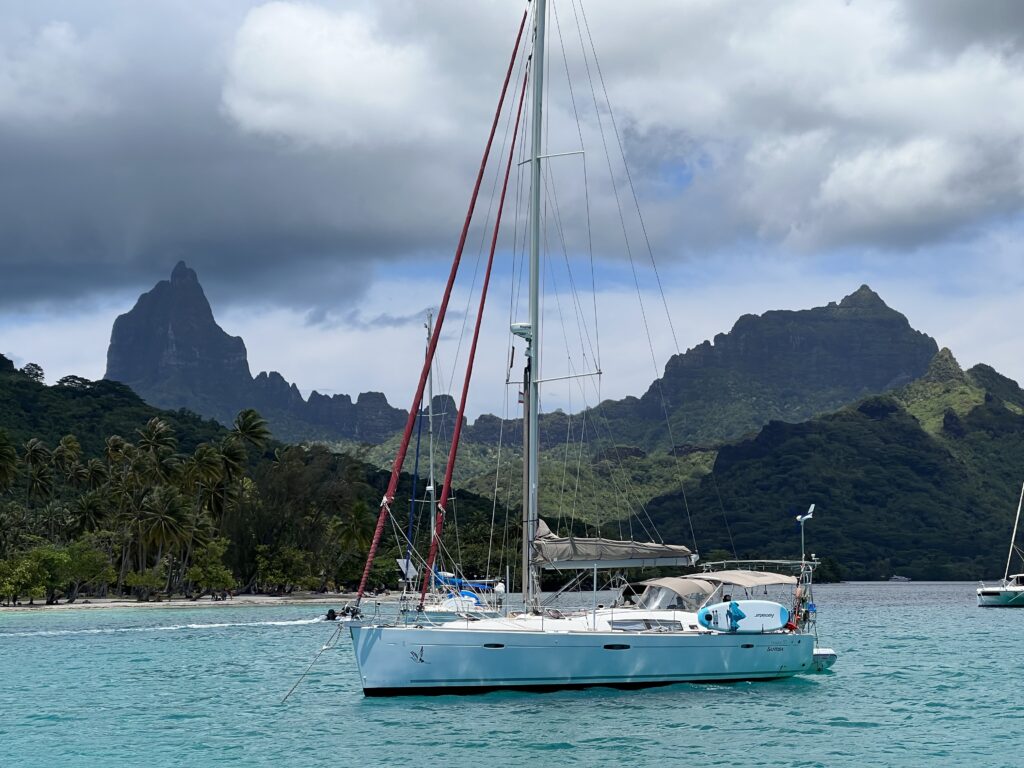
- Yes, the Cook Islands are considered to be one of the safest vacation destinations on Earth1.
- All yachts entering the Cook Islands at one of the official ports of entry must obtain clearance papers prior to arrival2.
- All marine crafts must enter the Cook Islands through either the Avatiu Port, Rarotonga, or the Arutanga Port, Aitutaki. Approval to birth or land must be sought through the Harbourmaster and clearance received from a Customs Officer3.
- There is no specific limit on how long a transient sailboat can stay in the Cook Islands, but it is recommended to check with the Cook Islands Customs and Immigration for the latest information3.
- Americans can stay in the Cook Islands for up to 31 days without a visa3.
What is the history of piracy in the Cook Islands?
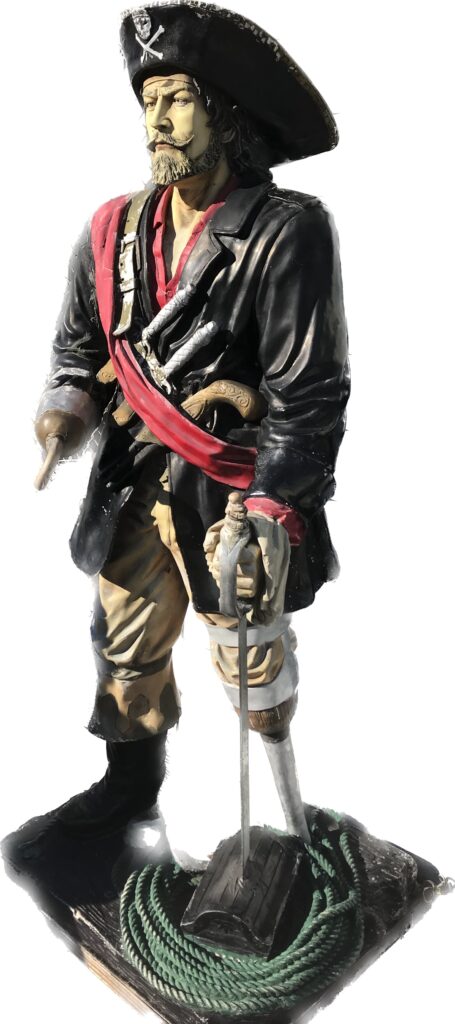
- There is a history of piracy in the Cook Islands, which was prevalent in the 19th century. Pirates would often target ships passing through the region, and there were several instances of piracy and shipwrecks in the area4.
How about Covid?
- The Cook Islands have been recognized as a top destination to visit in 2022, and the good news is that they are still COVID-free5.
- The Cook Islands air and sea borders are open, and there are no vaccination requirements or quarantine or isolation on arrival3.
- All travellers must comply with the Customs Revenue and Border Protection Act 2012, and it is advised to be aware of all the requirements for upcoming travel and pay close attention to any updates36.
In summary, the Cook Islands are considered to be a safe vacation destination, and there is no history of piracy in recent times. The Cook Islands are currently COVID-free, and the air and sea borders are open with no vaccination requirements or quarantine or isolation on arrival.
However, travellers must comply with the Customs Revenue and Border Protection Act 2012 and be aware of all the requirements for upcoming travel. Sailing a Leopard 46 catamaran from Tahiti to the Cook Islands can take anywhere from 3 to 7 days, depending on the weather conditions and the route taken. It is important to avoid sailing during cyclone season, which runs from November to April.
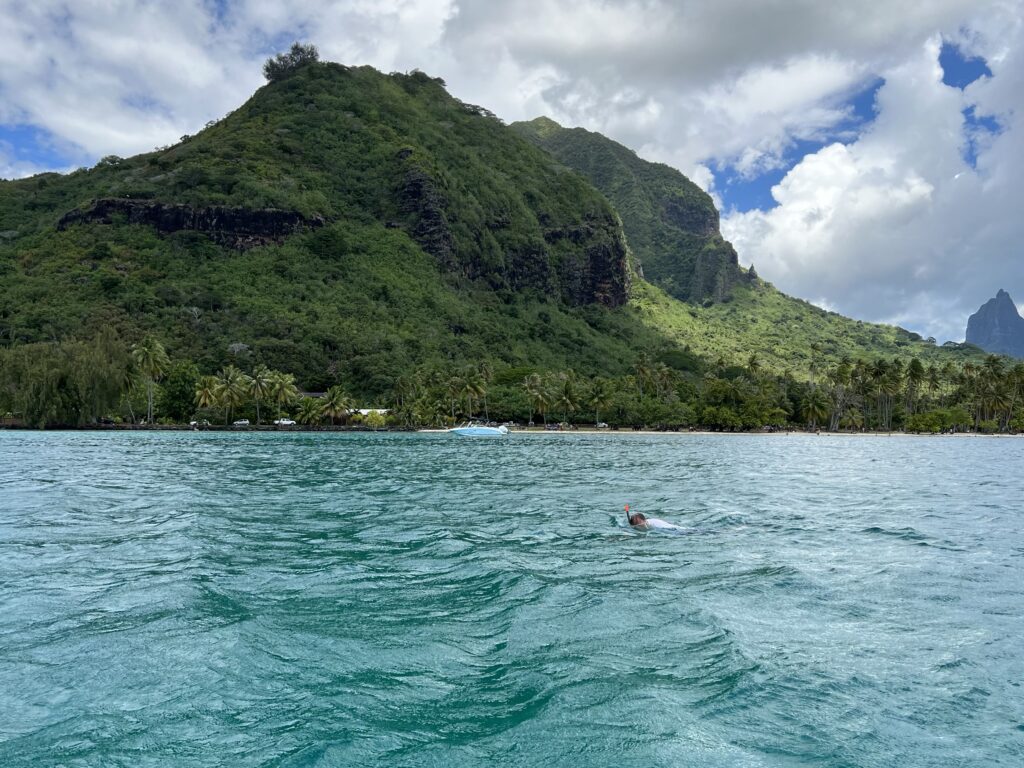
The Cook Islands are known for their natural beauty, including pristine beaches, coral reefs, and lush tropical forests and rich cultural heritage, and were named after Captain James Cook, who was the first European to visit the islands in 1773. The islands were originally settled by Polynesian people around 1,500 years ago. The islands have a complex history of colonization and gained self-governance in 1965.
Who was Captain Cook? What noteworthy people sailed with Captain Cook? How did Captain Cook die? How many explorations did he complete before dying? What was his connection to Vancouver?
Captain James Cook was a British explorer, cartographer, and naval officer famous for his three voyages between 1768 and 1779 in the Pacific Ocean and to New Zealand and Australia in particular. Cook made detailed maps of Newfoundland prior to making three voyages to the Pacific, during which he achieved the first recorded European contact with the eastern coastline of Australia and the Hawaiian Islands, and the first recorded circumnavigation of New Zealand.
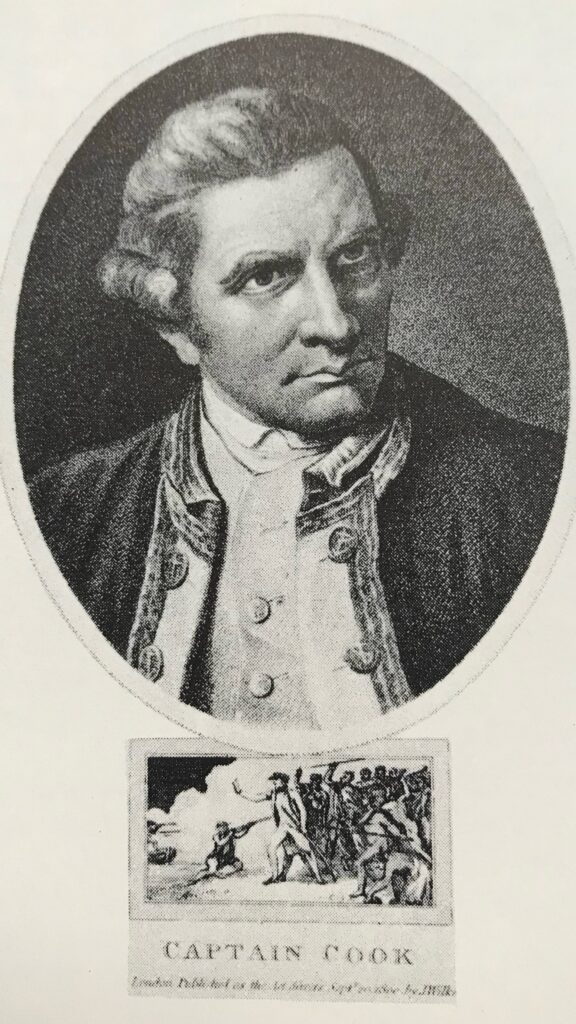
Cook joined the British merchant navy as a teenager and joined the Royal Navy in 1755. Cook made three major voyages of exploration during his lifetime.
- First Voyage: 1768-1771, aboard HMS Endeavour. The aims of this first expedition were to observe the 1769 transit of Venus across the Sun and to seek evidence of the postulated Terra Australis Incognita or “undiscovered southern land”16.
- Second Voyage: 1772-1775, aboard HMS Resolution and HMS Adventure. The goal of this voyage was to either discover the legendary southern continent or to find a faster route to South America56.
- Third Voyage: 1776-1779, aboard HMS Resolution and HMS Discovery. The aims of this voyage were to explore the Pacific Northwest region of Canada and the USA, to search for the Northwest Passage, and to return Omai, a young man from the Pacific Islands, to his homeland36. Omai, also known as Mai, was a young Ra’iatean man who became the second Pacific Islander to visit Europe.
Cook completed three major voyages of exploration before his death, and he explored the Pacific Northwest region of Canada and the USA during his third voyage.
- Captain James Cook died on 14 February 1779 at Kealakekua Bay in present-day Hawaii, USA123456. He was 50 years old.
- Cook was attempting to kidnap Kalaniʻōpuʻu, the ruling chief of the island of Hawaii, in exchange for a stolen longboat when he was stabbed by Hawaiian warriors16.
- Cook’s death was the result of a fatal error on his final voyage, and it led to mass migrations of Europeans and Americans to the Hawaiian Islands16.

Noteworthy people who sailed with Cook include Joseph Banks and William Bligh. Banks, a botanist, sailed with Cook on his first great voyage (1768–1771), visiting Brazil, Tahiti, and after 6 months in New Zealand, returning to immediate fame156. Bligh served as sailing master on Cook’s third voyage and later became famous as the captain of the HMS Bounty15.

Cook’s connection to Vancouver is that he named the city of Vancouver after his friend and colleague, George Vancouver, who served as a midshipman on Cook’s second and third voyages of exploration.
Captain James Cook was the first European explorer to realize and document that a vast region of the Pacific was occupied by people who shared a common cultural base1. Cook’s voyages to the South Pacific included a secret mission, and he carried with him sealed secret instructions from the Admiralty3.

Cook met the Polynesians during his voyages, and he was fascinated by their unique way of navigating the seas4. Cook was guided by a Polynesian voyager named Tupaia, who drew an island-filled chart that has puzzled scholars for more than two centuries25.

Cook’s voyages to the South Pacific were significant in the history of exploration and helped to expand European knowledge of the world beyond their borders.

As mentioned above, on his first voyage of Pacific exploration, Cook had the services of a Polynesian navigator named Tupaia, who drew a chart of the islands within a 2,000 miles (3,200 km) radius (to the north and west) of his home island of Ra’iatea.

Tupaia had knowledge of 130 islands and named 74 on his chart. Tupaia had navigated from Ra’iatea in short voyages to 13 islands1.

THE SCIENCE OF NAVIGATION REQUIRES MANY FORMS OF KNOWLEDGE
Oceanic peoples continue to navigate the Pacific waterways as they have done for centuries, using every sense to:
- read currents and stars
- sense wind and weather
- identify the shapes and colors of the clouds
- observe the behaviors of birds and sea creatures
- hear and feel wave patterns
- recognize land and location markers
- navigating by the star compass.
It also involves connecting land and ocean by honoring ancestors and ocean spirits. While at sea, navigators encounter these ancestors and spirits on the open ocean.

Cook was fascinated by the unique way of navigating the seas that he observed in the Polynesians and was impressed by their highly developed navigation system2. Cook’s journal for his first voyage to the South Pacific Ocean in 1768-1771 he documented his admiration for the indigenous navigation skills he observed2.
Cook also considered seriously that the Polynesians could have intentionally explored and settled their vast region of the Pacific, and he was the first European explorer to realize and document that a vast region of the Pacific was occupied by people who shared a common cultural base4.
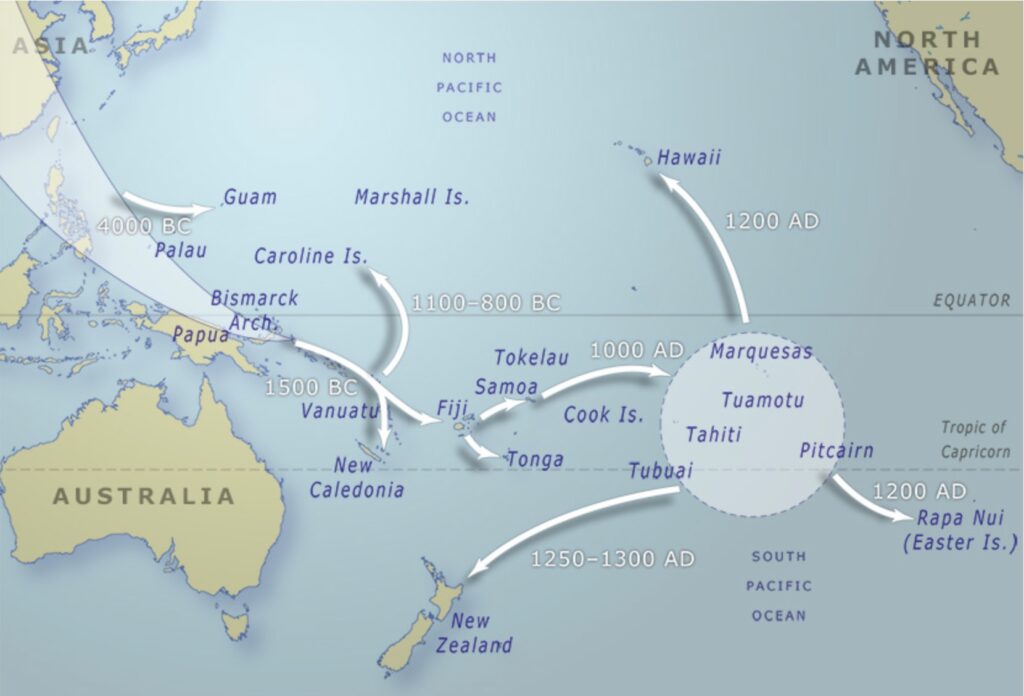
Overall, Cook’s voyages to the South Pacific were significant in the history of exploration and helped to expand European knowledge of the world beyond their borders6.
there are modern-day Polynesian navigators who still use traditional techniques. Here are some examples:
- The Polynesian Voyaging Society, based in Hawaii, is dedicated to preserving and promoting traditional Polynesian navigation techniques. They have trained a new generation of navigators, including Micronesian navigators, in the art of wayfinding46.
- The Hōkūleʻa, a traditional Polynesian voyaging canoe, has been used to sail across the Pacific using only traditional navigation techniques. The crew of the Hōkūleʻa includes modern-day Polynesian navigators who have been trained in the art of wayfinding4.
- Traditional Polynesian navigation techniques, such as using the stars, ocean swells, and wind patterns, are still taught and practiced in some areas of Micronesia4.
Polynesian wayfinding is a traditional navigation technique that involves navigating without modern navigational aids such as maps, sextants, compasses, or GPS. Instead, Polynesian navigators use a combination of techniques to navigate the open ocean, including:
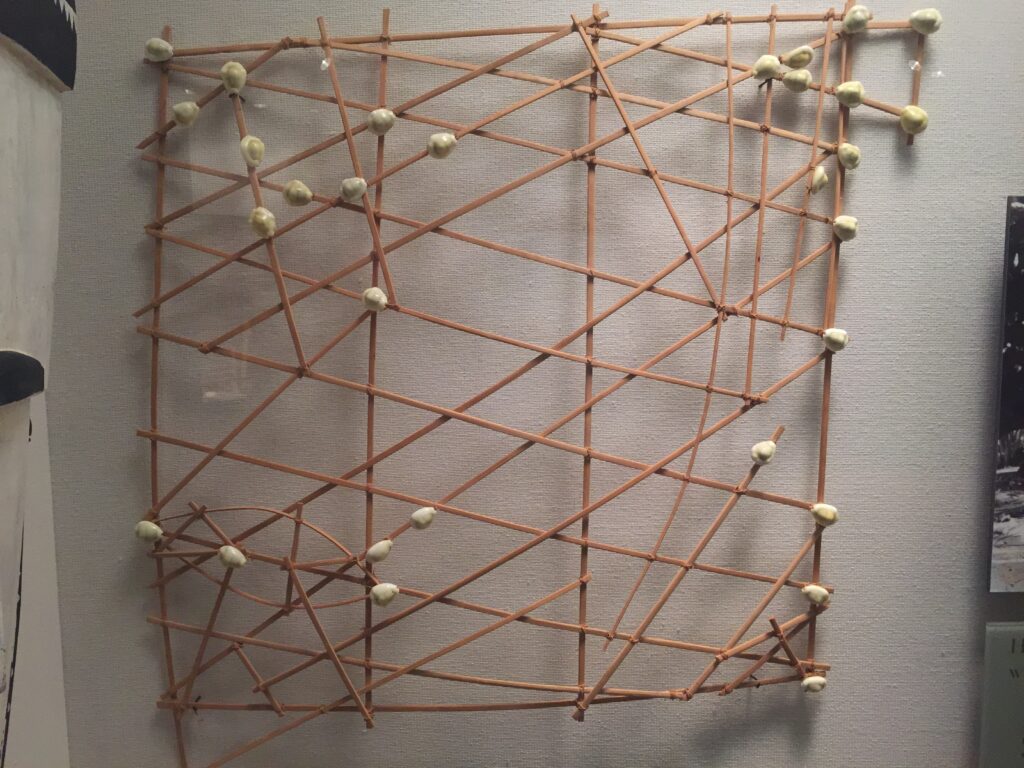
- Celestial navigation: Polynesian navigators use the stars, moon, and sun to determine their position and direction. They use the position of the stars to determine their latitude, and the position of the sun and moon to determine their longitude12.
- Ocean swells: Polynesian navigators use the patterns of ocean swells to determine their direction and distance from land. They can detect subtle changes in the direction and size of the swells to determine their position relative to land13.
- Wind patterns: Polynesian navigators use the direction and strength of the wind to determine their direction and speed. They can use the wind to steer their canoe in the right direction and to estimate their speed and distance traveled13.
- Wildlife: Polynesian navigators use the behavior of wildlife, such as birds and fish, to determine their proximity to land. They can observe the behavior of these animals to determine the direction and distance of land3.
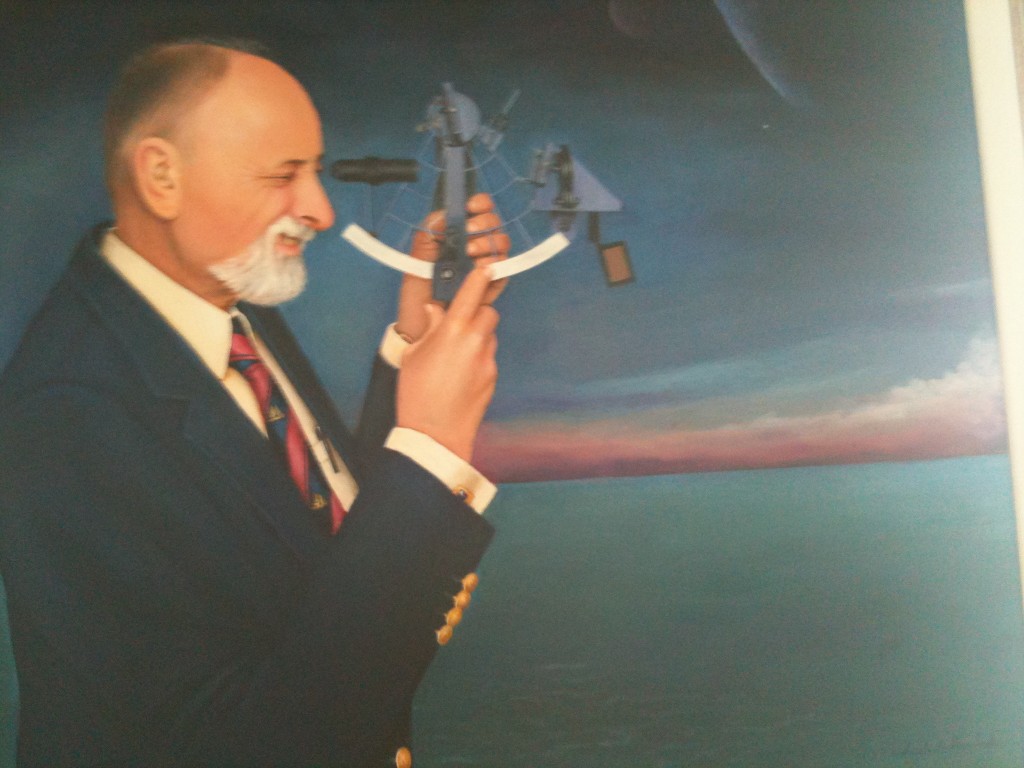
Compared to navigating by sextant, Polynesian wayfinding is a more complex and holistic approach to navigation that involves a deep understanding of the natural environment and the ability to read subtle signs and patterns. Sextant navigation relies on precise measurements of the position of celestial bodies, which can be affected by factors such as atmospheric conditions and instrument error4.
With modern chartplotters and GPS, a voyager may choose to use either wayfinding or chartplotter depending on their preference and the situation. While modern technology can provide accurate and reliable navigation information, traditional wayfinding techniques can offer a deeper connection to the natural environment and a sense of cultural heritage and identity.

Some voyagers may choose to use a combination of both traditional and modern navigation techniques to ensure safe and accurate navigation6.
In summary, traditional Polynesian navigation techniques are still used and taught in some parts of the Pacific, including Hawaii and Micronesia. The Polynesian Voyaging Society and the crew of the Hōkūleʻa are examples of modern-day Polynesian navigators who still use traditional techniques.
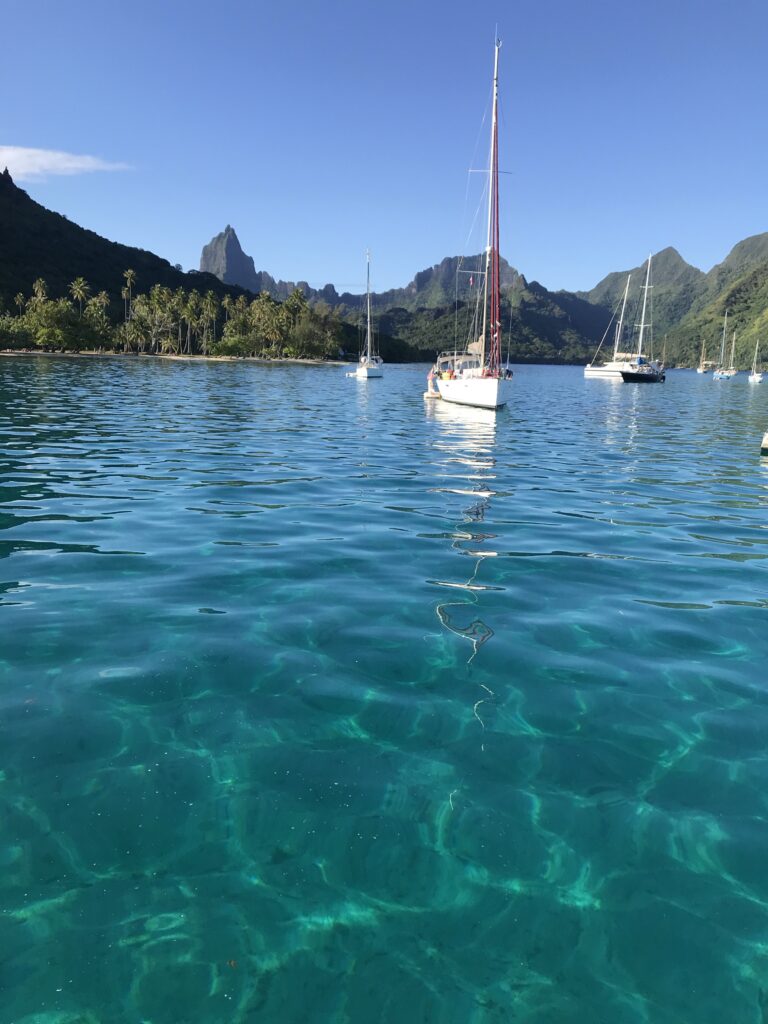
Once upon a time, there was a man named Jack who had recently divorced and a widow named Sarah who had lost her husband to cancer. They both loved sailing and had met at a marina in Tahiti. They fell in love and decided to sail together on Jack’s Leopard 46 sailboat. They had planned to stay in Tahiti for 36 months, but the Tahitian government changed the Covid-19 stay allowance back to 24 months. They were forced to move their sailboat to the Cook Islands just before Cyclone season.

Jack was reluctant to marry again after his divorce, and Sarah had a tattoo on her knee to cover scarring from damage in Lisbon, Portugal, when, still morning the loss of her husband, she slipped on cobblestones. As they sailed towards the Cook Islands, Jack noticed Sarah’s tattoo and was impressed by its intricate design. He had recently learned, at classes on navigation, about Māori tattoos and was fascinated by their cultural significance. He asked Sarah about her tattoo, and she shared the story of how she got it and what it meant to her. Jack came to appreciate the tattoo as a symbol of Sarah’s resilience and personal history.

They finally arrived in the Cook Islands, and the officials checked their documents. They had all the necessary documents for the boat and their stay in the Cook Islands.
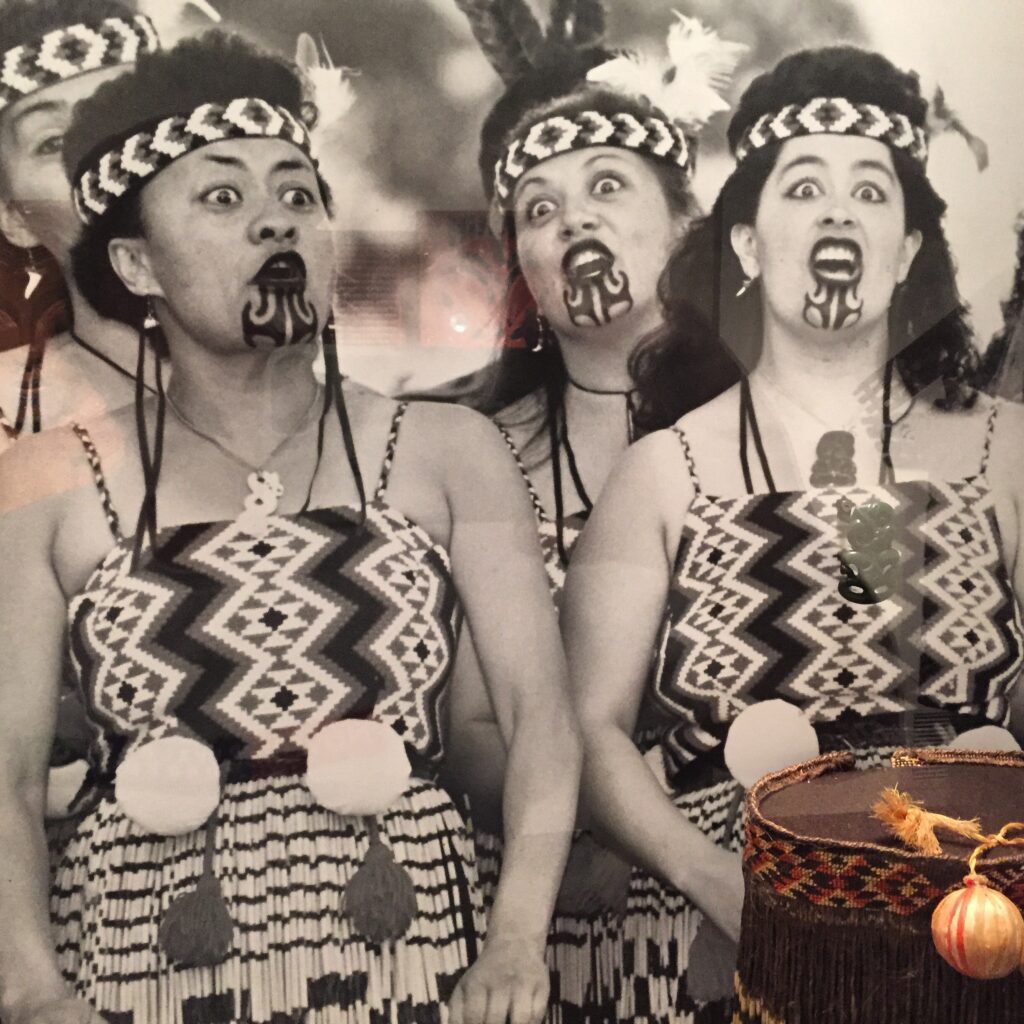
They decided to stay in the Cook Islands for a while and explore the beautiful islands. Jack finally proposed to Sarah, and she said yes.

They got married on the beach, and Sarah’s tattoo on her knee was visible for all to see. They lived happily ever after, sailing the seas together and exploring new places.

In summary, Jack’s appreciation for Sarah’s tattoo shows how learning about different cultures and traditions can broaden our perspectives and deepen our relationships. Sarah’s tattoo, which initially caused Jack some reluctance, became a symbol of her personal history and resilience, and ultimately brought them closer together.
What are the top attractions in the Cook Islands?
The Cook Islands offer a variety of attractions for visitors to enjoy. Here are some of the top attractions in the Cook Islands:
- Aitutaki Lagoon: This stunning lagoon is one of the most popular attractions in the Cook Islands. Visitors can take a tour of the lagoon to see its crystal-clear waters and abundant marine life.
- Muri Lagoon: Another beautiful lagoon, Muri Lagoon is a great place for swimming, snorkeling, and kayaking.
- One Foot Island: This small island is located within the Aitutaki Lagoon and is known for its pristine beaches and turquoise waters.
- Te Vara Nui Village Over-Water Night Show: This cultural show offers visitors a chance to experience traditional Cook Islands dance, music, and food.
- Maire Nui Gardens & Cafe: These beautiful gardens offer a peaceful retreat from the hustle and bustle of the main island of Rarotonga.
- Titikaveka Beach: This picturesque beach is a great place to relax and soak up the sun.
- Cook Islands Library and Museum: Visitors can learn about the history and culture of the Cook Islands at this museum, which features exhibits on local art, history, and natural history.
- Punanga Nui Market: This bustling market is a great place to shop for local crafts, produce, and souvenirs.
- Black Rock: This historic site is located on the coast of Rarotonga and is said to be the spot where spirits depart for the afterlife.
- Wigmore’s Waterfall: This beautiful waterfall is located in the interior of Rarotonga and is a popular spot for hiking and picnicking.
These are just a few of the many attractions that the Cook Islands have to offer. Visitors can also enjoy hiking, fishing, diving, and other outdoor activities, as well as exploring the local culture and cuisine.
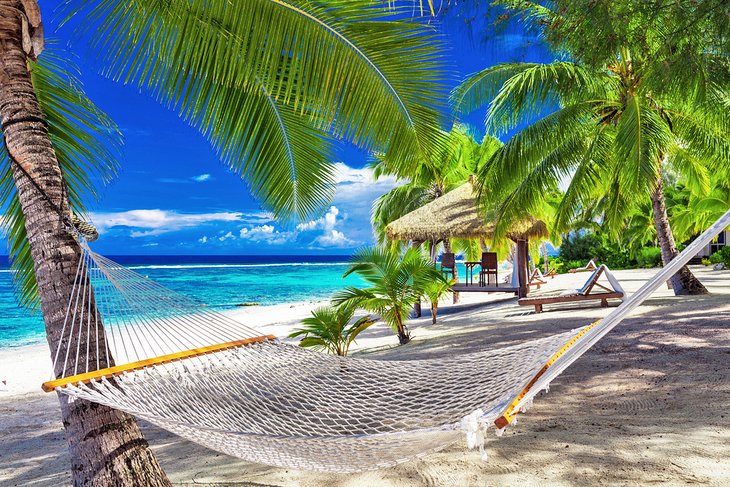
What are some cultural experiences to have in the Cook Islands?
The Cook Islands offer a rich cultural experience for visitors. Here are some cultural experiences to have in the Cook Islands:
- Island Night Cultural Show: This is a must-see cultural experience in the Cook Islands. Visitors can book their spot at an Island Night cultural show, which is available at various resorts and cultural centers on Rarotonga1.
- Traditional Island Night: Visitors can attend a traditional Island Night, which is one of the most authentic ways to experience Polynesian culture in the Cook Islands. These vibrant events are hosted by locals and feature traditional food, music, and dance3.
- Cook Islands National Museum: Visitors can learn about the history and culture of the Cook Islands at the National Museum, which features exhibits on local art, history, and natural history5.
- Cultural Village Tour: Visitors can immerse themselves in the powerful story of Cook Islands Maori culture by taking an interactive cultural village tour at Te Vara Nui on Rarotonga6.
- Church Choirs: Visitors can listen to church choirs singing on Sunday, which is a significant part of the local culture4.
- Traditional Weaving: Visitors can learn about traditional weaving and other crafts, such as wood and shell carving, which are an essential part of Cook Islands culture5.
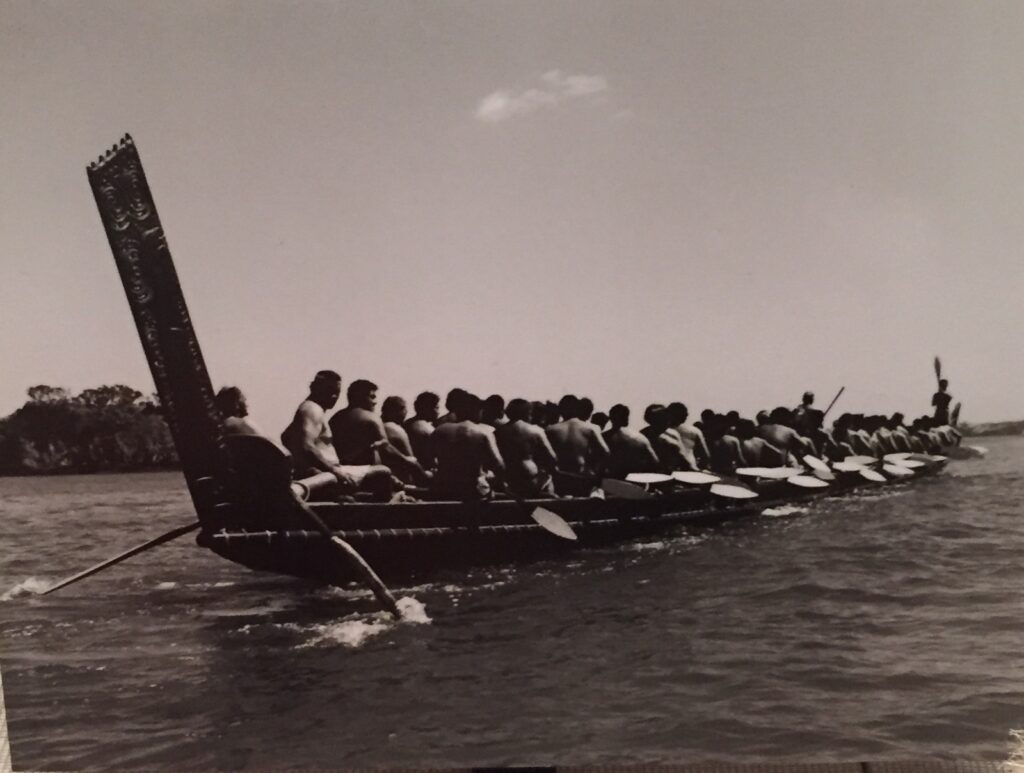
These are just a few of the many cultural experiences that the Cook Islands have to offer. Visitors can also chat with locals at the markets and explore the local cuisine to get a taste of the island life.
Who are the Maori? Did the Māori visit the Pacific Northwest to help indigenous peoples restore their languages?
According to the University of Washington Burke Museum, the Māori visited the Pacific Northwest to show indigenous people of that area how to teach children and adults native languages. Since then, the Māori have participated in the Canoe Journeys held almost every year in the Salish Sea, which is a celebrated event of the Indigenous peoples of the Pacific Northwest Coast1.
The Canoe Journey is a gathering of canoe cultures from Indigenous Nations from the coasts of Alaska, British Columbia, Oregon, and Washington. It first took place in 1989 as part of Washington’s Centennial celebration, and has since attracted participants from other Pacific Rim Indigenous canoe cultures, such as Ainu, Hawai’ian, and Māori1.

The Māori have participated in the Canoe Journeys several times over the years, and their participation is a testament to the cultural exchange and sharing that takes place during the event135. The Canoe Journeys are an important part of the cultural revival and maintenance of traditional culture among Indigenous peoples of the Pacific Northwest Coast2.
Why do Maori tattoo? Was tattoo illegal until recently? What distinguishes Māori from Tahitians and Hawaiians?
Why do Maori tattoo?
- Māori tattoos are a way to distinguish themselves, displaying their social status, rank, geographic origin, familial history, courage, and power.
- Māori tattoos are seen not just as decoration, but also as a language, a symbol of power, and a mark of honor in traditional Polynesian society.
- Māori tattoos are thought to possess magical abilities inherited from God1.
Was tattoo illegal until recently?
- The actual tradition of Polynesian tattooing existed more than 2000 years ago, however, in the 18th century, the Old Testament strictly banned the operation.
- Since its renaissance in the 1980s, many lost arts were revived, but it became very difficult to sterilize the wooden and bone tools that were used for the tattooing process so the Ministry of Health banned tattooing in French Polynesia in 1986.
- In recent decades, Pacific Islanders have revived many of their traditional arts, including tattooing23.
What distinguishes Māori from Tahitians and Hawaiians?
- Māori are the indigenous people of New Zealand, who arrived in the country around 1,000 years ago from Polynesia.
- Tahitians are the indigenous people of French Polynesia, which includes Tahiti, Bora Bora, and other islands in the South Pacific.
- Hawaiians are the indigenous people of Hawaii, which is located in the North Pacific Ocean.
- While all three cultures share some similarities, such as a deep connection to the ocean and a rich tradition of tattooing, they also have distinct cultural practices, languages, and histories13.
Māori tattooing, also known as moko, has distinctive spiral motifs that are not found in the designs of other Polynesian cultures. Tahitian tattoos and Marquesas style tattoos are also part of Polynesian tattooing, but they have their own unique designs and styles36. Here are some of the differences between Māori tattooing and Tahitian and Hawaiian tattooing:
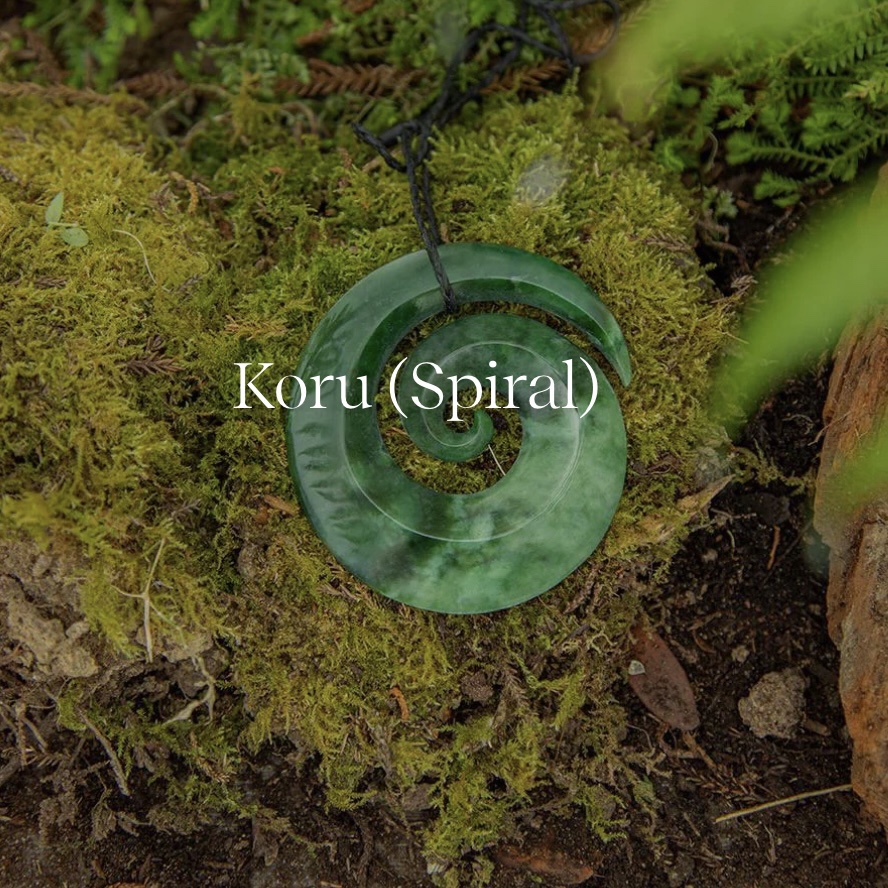
- Designs: Māori tattoos are characterized by intricate spiral designs that are unique to Māori culture. Tahitian tattoos often feature more geometric designs, while Hawaiian tattoos often feature more naturalistic designs, such as flowers and animals36.
- Placement: Māori tattoos are traditionally placed on the face, buttocks, and thighs, while Tahitian tattoos are often placed on the arms and legs. Hawaiian tattoos are often placed on the arms, legs, and torso16.
- Tools: The tools used for Māori tattooing are different from those used for Tahitian and Hawaiian tattooing. Māori tattoos are traditionally done using chisels made from bone or shell, while Tahitian and Hawaiian tattoos are traditionally done using needles made from bone or animal teeth12.
- Meanings: Māori tattoos are deeply symbolic and often represent the wearer’s social status, rank, geographic origin, familial history, courage, and power. Tahitian and Hawaiian tattoos also have symbolic meanings, but they are often more focused on personal identity and cultural heritage16.
In summary, while Māori, Tahitian, and Hawaiian tattoos are all part of Polynesian tattooing, they have distinct designs, placements, tools, and meanings that reflect the unique cultural traditions of each group.
The spiral motifs in Māori tattooing are significant and have deep cultural meanings. Here are some of the reasons why:
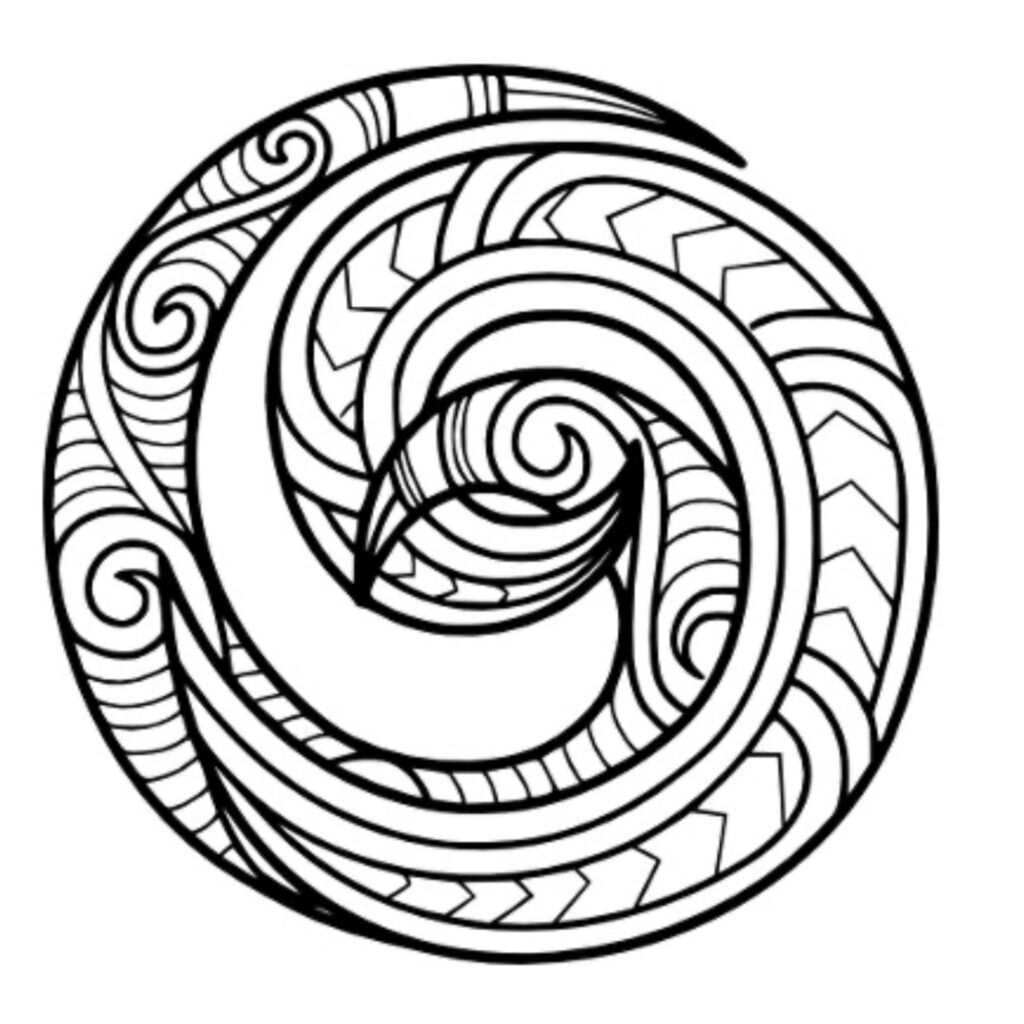
- New Beginnings: The spiral shape of the koru, which is a common motif in Māori tattooing, represents new beginnings, growth, and harmony. It is inspired by the unfurling frond of the native New Zealand fern and is a fundamental symbol in Māori art, carving, and tattooing35.
- Social Status: The spiral motifs in Māori tattooing were traditionally used to indicate social status, rank, power, and prestige. The facial tattoo, which was composed of curved shapes and spiral-like patterns, was the most popular kind of Māori tattoo and covered the whole face1.
- Ancestry: Single spirals in Māori tattooing may be associated with female ancestors, while double spirals may be associated with male ancestors. The spiral motifs are used to reflect an individual’s whakapapa (ancestry) and personal history25.
- Aesthetic Excellence: The meaning and significance of the spiral motifs in Māori tattooing appear to be a complex interplay between high aesthetic and a visual language that underscores artistic excellence, identity, and role. Many of the design motifs are universal, especially the spiral elements applied to the nose, cheek, and lower jaw6.
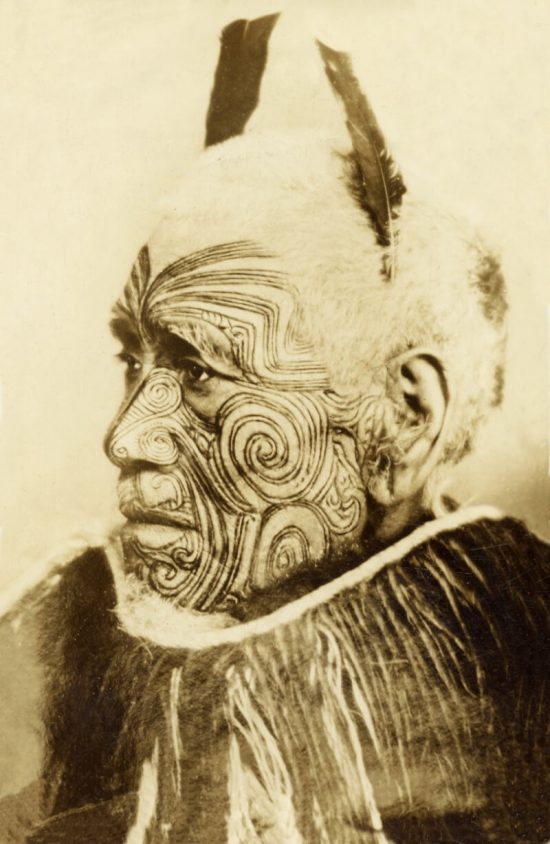
In summary, the spiral motifs in Māori tattooing are significant and have deep cultural meanings. They represent new beginnings, social status, ancestry, and aesthetic excellence. The spiral motifs are a fundamental part of Māori art, carving, and tattooing and are used to reflect an individual’s whakapapa and personal history.
What is the significance of the Treaty of Waitangi for the Māori people?
The Treaty of Waitangi is a significant document for the Māori people of New Zealand. Here are some of the reasons why:
- Respect: The Treaty was a contract of respect between the British Crown and Māori. Today, it means that there must be respect between Māori and non-Māori, and that laws and rules must consider and respect both Māori and non-Māori ways of living1.
- Founding Document: The Treaty of Waitangi is New Zealand’s foundation document. It was signed on February 6, 1840, by representatives of the British Crown and Māori chiefs who acted on behalf of their hapū (sub-tribes)2.
- Waitangi Tribunal: The Treaty gave birth to the Waitangi Tribunal, which allows for a process to hear claims about breaches of the Treaty, typically the taking of land and resources from Māori. The Tribunal found in 2014 that Māori did not cede their sovereignty in Te Tiriti o Waitangi23.
- Principles: The Treaty introduced a set of principles that embodied the intention of both treaties in an attempt to mediate the differences in the two versions2.
- Interpretation: The Waitangi Tribunal developed the core of an interpretation of the meaning of the Treaty that could and should be applied in contemporary New Zealand. This was a forward-looking constructive approach to enhancing relationships between the Crown and Māori3.
- Education: A long-standing education campaign about the Treaty of Waitangi has also helped non-indigenous New Zealanders to appreciate the significance of the Treaty3.

In summary, the Treaty of Waitangi is a significant document that governs the relationship between Māori and non-Māori in New Zealand. It is a founding document that introduced principles that embody the intention of both treaties and has played a major role in the treatment of the Māori population in New Zealand by successive governments and the wider population.
If you are a birder on a voyage to the Cook Islands from Tahiti, here are some interesting things you might see:
- Pacific Black Duck (Anas superciliosa): This species can be found in Tahiti, Rimatara, and Atiu Island1.
- Red-tailed Tropicbird (Phaethon rubricauda): This species can be found in Fatu Hiva, Hiva Oa, and Nuku Hiva1.
- Kakerori: This is a very rare bird species found only in the Cook Islands3.
- Cook Island Fruit Dove: This is an endemic bird species found in the Cook Islands, particularly in Atiu6.
- Chattering Kingfisher: This is another endemic bird species found in the Cook Islands, particularly in Atiu6.
- Seabirds: French Polynesia has 27 species of seabirds, making it one of the richest tropical areas for marine birds4.
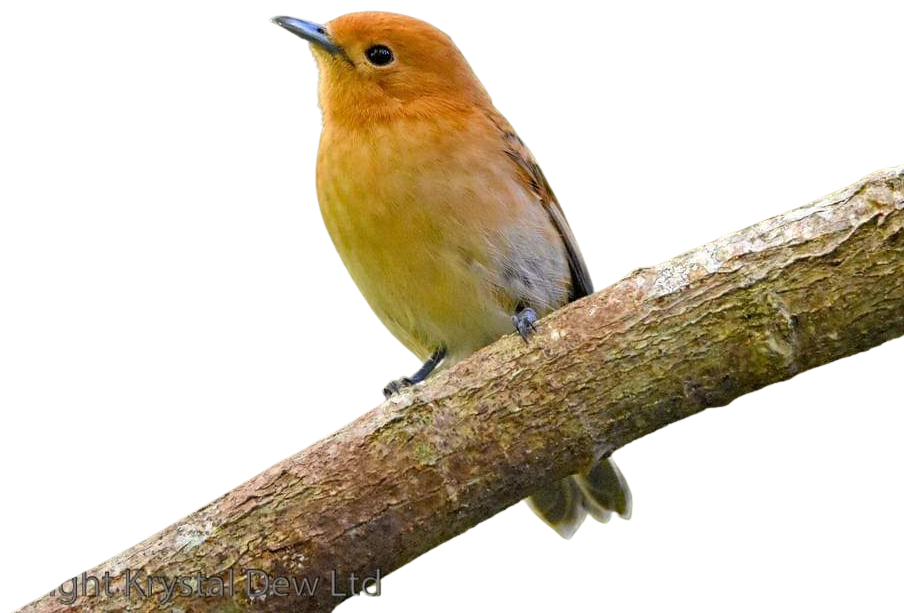
In summary, if you are a birder on a voyage to the Cook Islands from Tahiti, you might see a variety of bird species, including the Pacific Black Duck, Red-tailed Tropicbird, Kakerori, Cook Island Fruit Dove, Chattering Kingfisher, and various species of seabirds. FLM



One thought on “Tahiti and The Cook Islands”